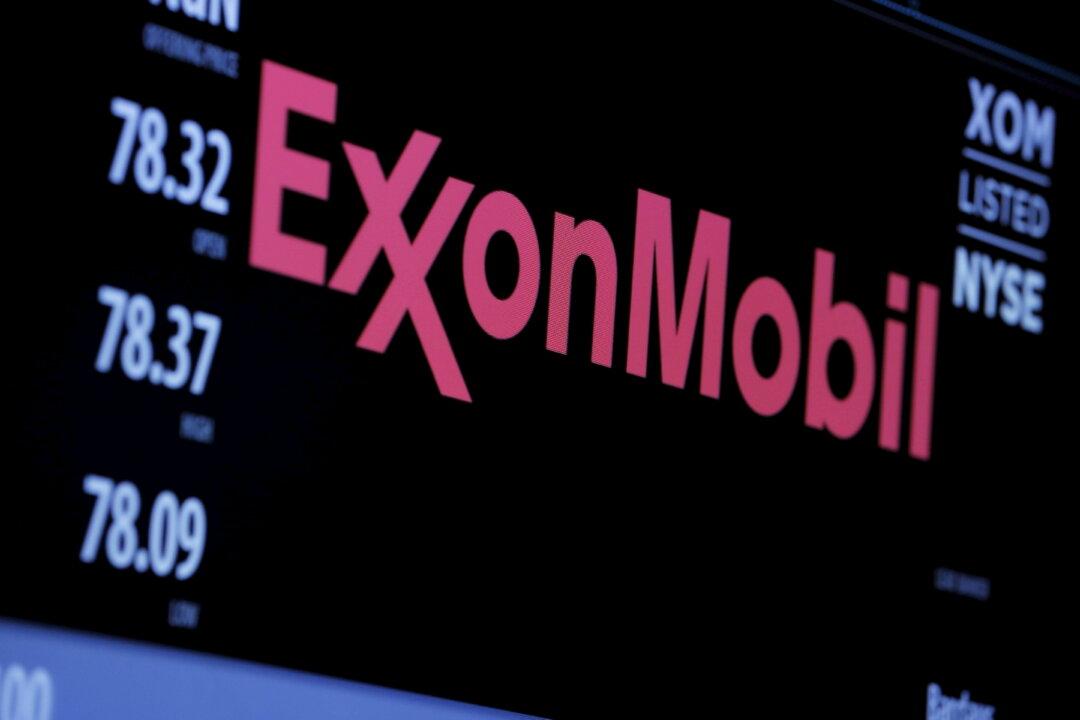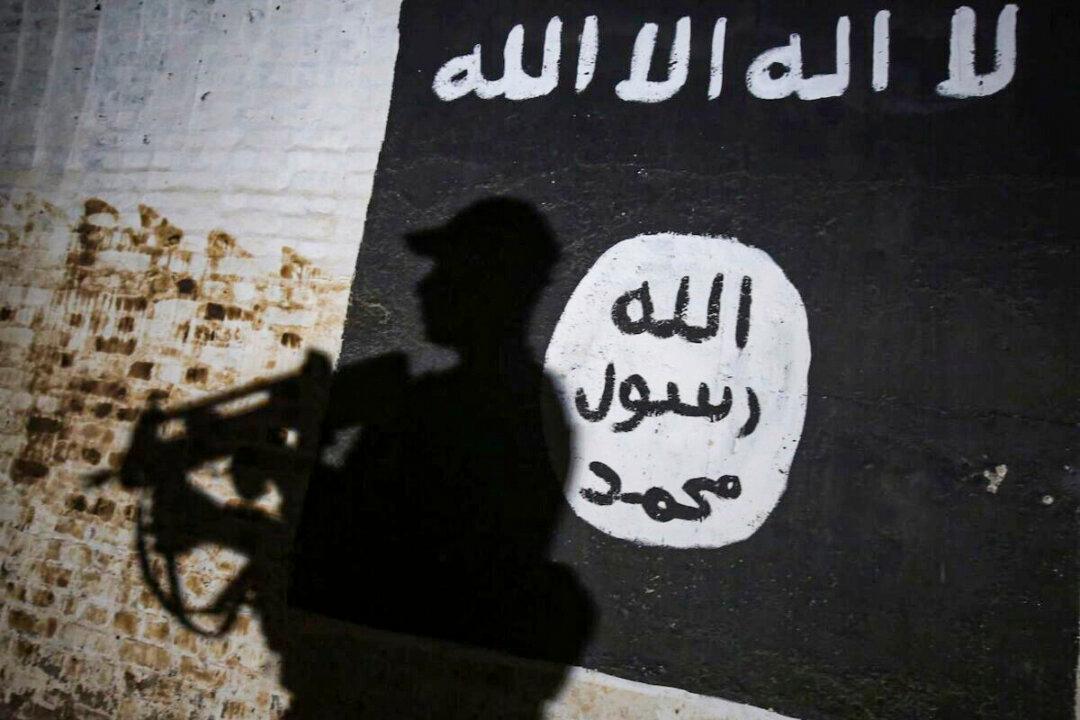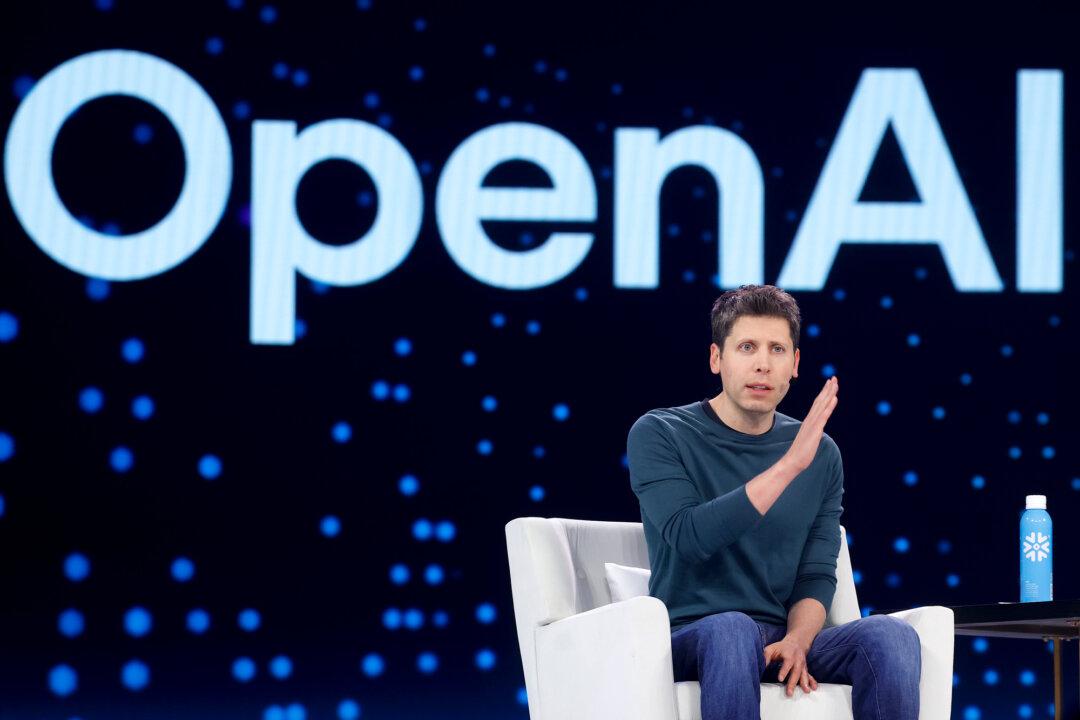The U.S. Department of Energy approved the release of 2 million barrels of crude oil to ExxonMobil from the Strategic Petroleum Reserve (SPR) on Dec. 30 as part of an initiative begun in November by the federal government to reduce gasoline prices in the country.
This is the third exchange of crude oil with ExxonMobil. Currently, the Department of Energy (DOE) has supplied more than 7 million barrels from the SPR in an effort to boost the fuel supply. An exchange refers to a situation in which oil entities such as refineries borrow critical supplies from SPR, which the companies have to replace in full, along with an additional amount that’s dependent on how long they kept the oil.





